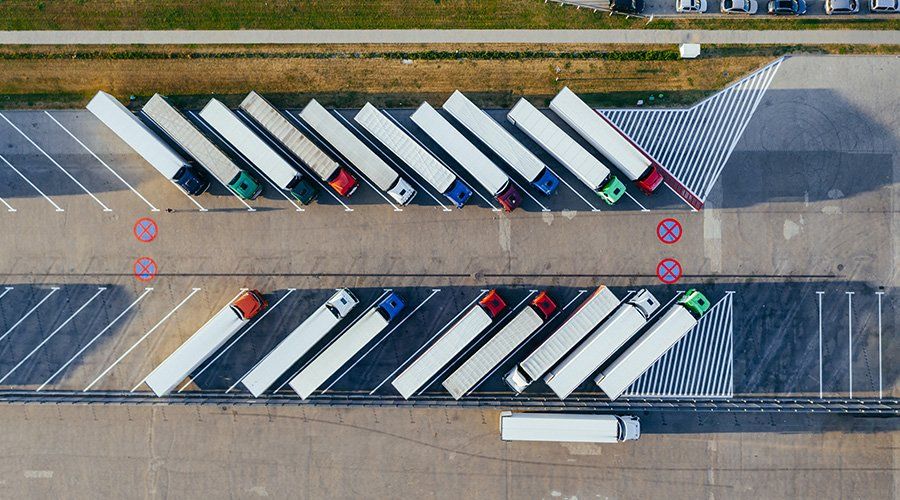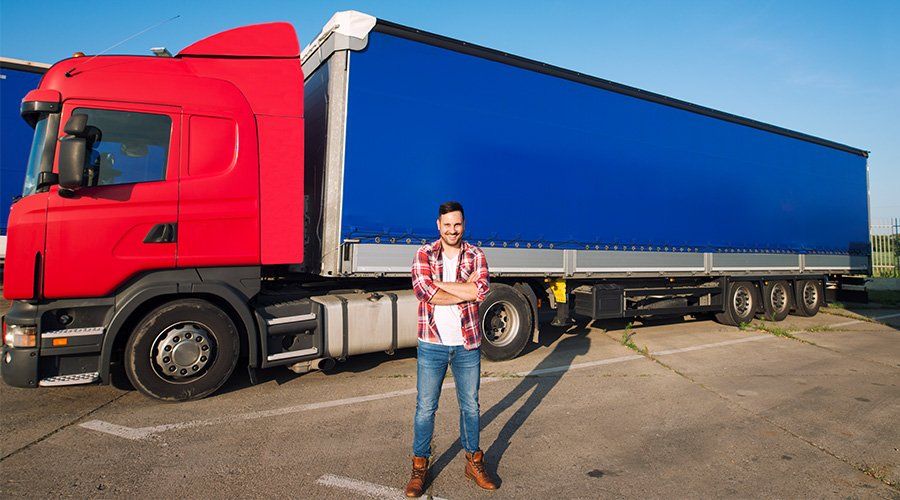
It’s the question on the minds of truck drivers, owners, and delivery companies everywhere: will truck driving be automated? Automated trucks have been a conversation point for years now, with many worrying that technology advances will put millions of people out of work.
Despite these concerns, the U.S. Bureau of Labor Statistics predicts 5% growth for trucking employment in the coming years. While other industries struggle to adapt to new technology, the trucking industry is greatly benefiting from it.
There are a range of opinions when it comes to this question, though most truck drivers seem confident that their jobs can’t (or at least won’t) be done by machines any time soon. Before getting into the trucking industry, it’s important that you take a look at the landscape and make an educated decision about it—but remember there will always be a need to move goods from one place to another, and the explosion in online ordering suggests that need is only going to expand.
Let’s take a look at the current state of automated trucks as we dive into the question: will truck driving be automated?
The Technology
The technology for automated trucks has been in the works for some time, and it gets closer to real fruition every day. Automated technology might have the ability to replace truck drivers as early as 2027 (but that doesn’t mean it will happen—keep reading!).
Four years ago, an Uber-backed startup successfully delivered cargo via an autonomous truck. The technology continues to be developed and tested today. Two autonomous vehicle companies have been using self-driving Class 8 trucks for the last several years. Currently, technology for automated trucks is primarily in the Level 4 category, which allows truckers to shift critical functionality to the automated system when all conditional criteria are met (time of day, weather, etc.). When technology reaches Level 5 functionality, it will mean that the trucks can safely, autonomously drive under any condition. Most companies (though not all), however, are focused entirely on Level 4, which still requires a driver to be present at all times.
Former
FMCSA Administrator Raymond Martinez asserts that “if you start as a truck driver today, you will likely retire as one.”
Policy & Public Sentiment
The trucking industry employs roughly 8.7 million people, including 3.5 million truck drivers. With job creation on the minds of every politician, many wouldn’t be keen on doing away with an entire industry of jobs. For that reason, policy may curb full-scale automation of the trucking industry. A recent study by the American Transportation Research Institute (ATRI) found that government regulations and local laws are limiting the ability to even test automated trucks effectively.
Likewise, public sentiment isn’t yet keen on automated trucks, despite the benefits for the environment and speed-of-delivery. Though many are already on the road with semi-automated trucks (and plenty of non-commercial Teslas are dotting the roadways), many people are still hesitant about autonomous semi-trucks cruising down the highway at 65 miles per hour.
The Bottom Line
Change is coming to the trucking industry, and continued automation is certainly part of that change. Technology has improved our industry since its inception, and the current advancements are no different. Rather than fighting the change, trucking companies should strive to adapt with the changing times. Invest in skills training for your employees so that when the technology is more widely available, you can benefit from it. Work to expand your hiring pools to include new, adaptable talent (link to “How to Attract & Retain Women Truck Drivers to Your Business”).
Have more questions about this industry before you get involved? Consider one of Gold Star’s consultative sessions to get started!








